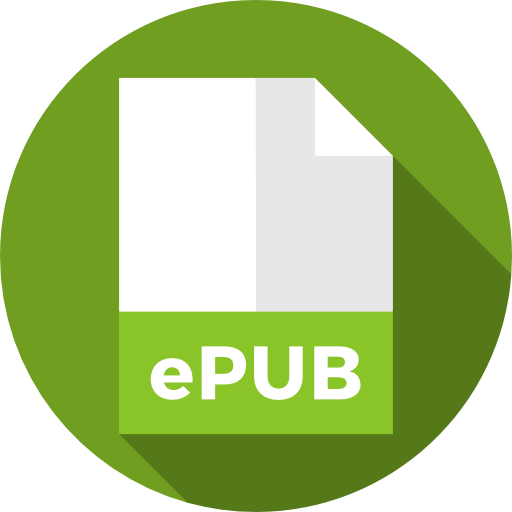
An International Publisher for Academic and Scientific Journals
Author Login
Scholars Journal of Arts, Humanities and Social Sciences | Volume-13 | Issue-08
From Bureaucratic Compression to Algorithmic Holism: Data Science and AI in the Structuration of Third-Wave Digital-Era Governance
Abdul Aziz Laghari, Areeba Naseem Khan, Hammad Ahmad, Muhammad Shehbaz, Adeel Alvi, Isba Riaz, Maryam Aziz, Laiba Khawaja, Iltaf
Published: Aug. 7, 2025 |
384
235
Pages: 198-214
Downloads
Abstract
This paper is dedicated to reflection of the conception of Digital Era Governance (DEG) on the basis of recent developments of data-based technologies, such data science techniques and artificial intelligence (DSAI in this paper). It singles out four key macro-themes, in the light of which digital transformations are possible to be analyzed on the basis of such technologies. On the one hand the capability to stash and process tremendous masses of digital information removes any necessity at data compression (a trait of conventional Weberian bureaucracies). This allows decompression of data in information systems that are rich in data and it increases the potential of the public agencies as well as the civil society. Second, increasing capabilities of robotic machines have expanded the scope of work that machines can perform, superseding or extending human work, which holds important implications of restructuring the state organizations. Third, DSAI technologies can give possibilities to divide state functions in a manner, which can increase organization productivity. Such is seen in the so-called intelligent center, devolved delivery version of vertical policy regions. Fourth, in every level of government, DSAI technologies create potentialities of an administrative holism the lateral division of power and functions between organizations through government interpenetration, shared capabilities, and needs-related coordination of services. Taken together, the four themes mark a third sweep of transitions in DEG, indicating critical administrative choices that must be determined about information systems, state organization, functional tasks and outsourcing options. Moreover, they report an agenda of the extreme research interest to the sphere of a public administration which will demand profound examination and deep research.


